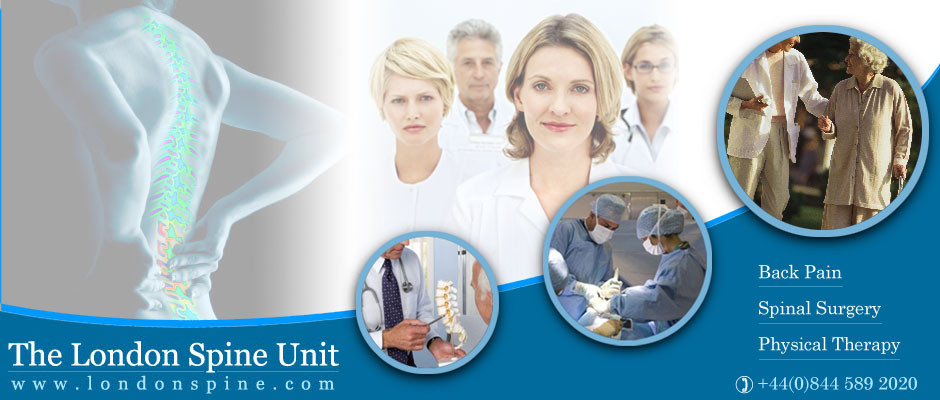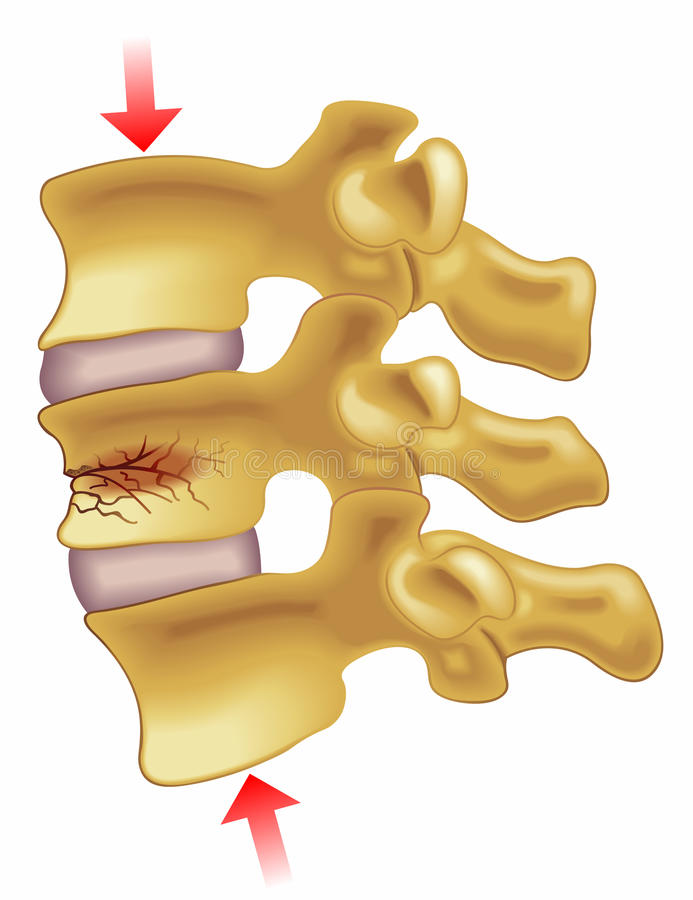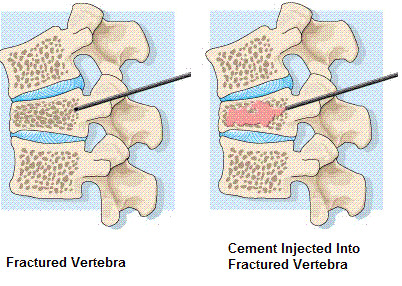Osteoporosis is a disease that affects the bone and is characterized by the loss of bone tissue (bone mass), so that the bone becomes more porous, with more air inside. In addition, it changes the structure of the bone by increasing the number and size of the cavities or cells that exist in its inside. In this way, the bones become more fragile, they resist the blows worse and they break more easily.
The prevalence of osteoporosis increases with age and is more frequent in women, especially postmenopausal women. Approximately 20% of women between 50 and 84 years old have osteoporosis.
Bone mass is the amount of bone that presents a person in the skeleton in a moment of life and it depends on many factors, including age, sex, and race.
Inside the bone, numerous metabolic changes occur, alternating phases of bone destruction and formation. These phases are regulated by different hormones, physical activity, diet, toxic habits, and vitamin D, among other factors.
Under normal conditions, a person reaches at 30-35 years a maximum amount of mass bone (peak bone mass). From that moment, there is a natural loss of bone mass.
Women have more frequently osteoporosis for several reasons: their peak of bone mass is usually lower than that of men and with menopause bone loss is accelerated (postmenopausal osteoporosis).
There are many other causes of osteoporosis: alcoholism, drugs (glucocorticoids, hormone treatment used for management of breast and prostate cancer...), rheumatic, endocrine, hepatic inflammatory diseases, renal failure, among others.



















